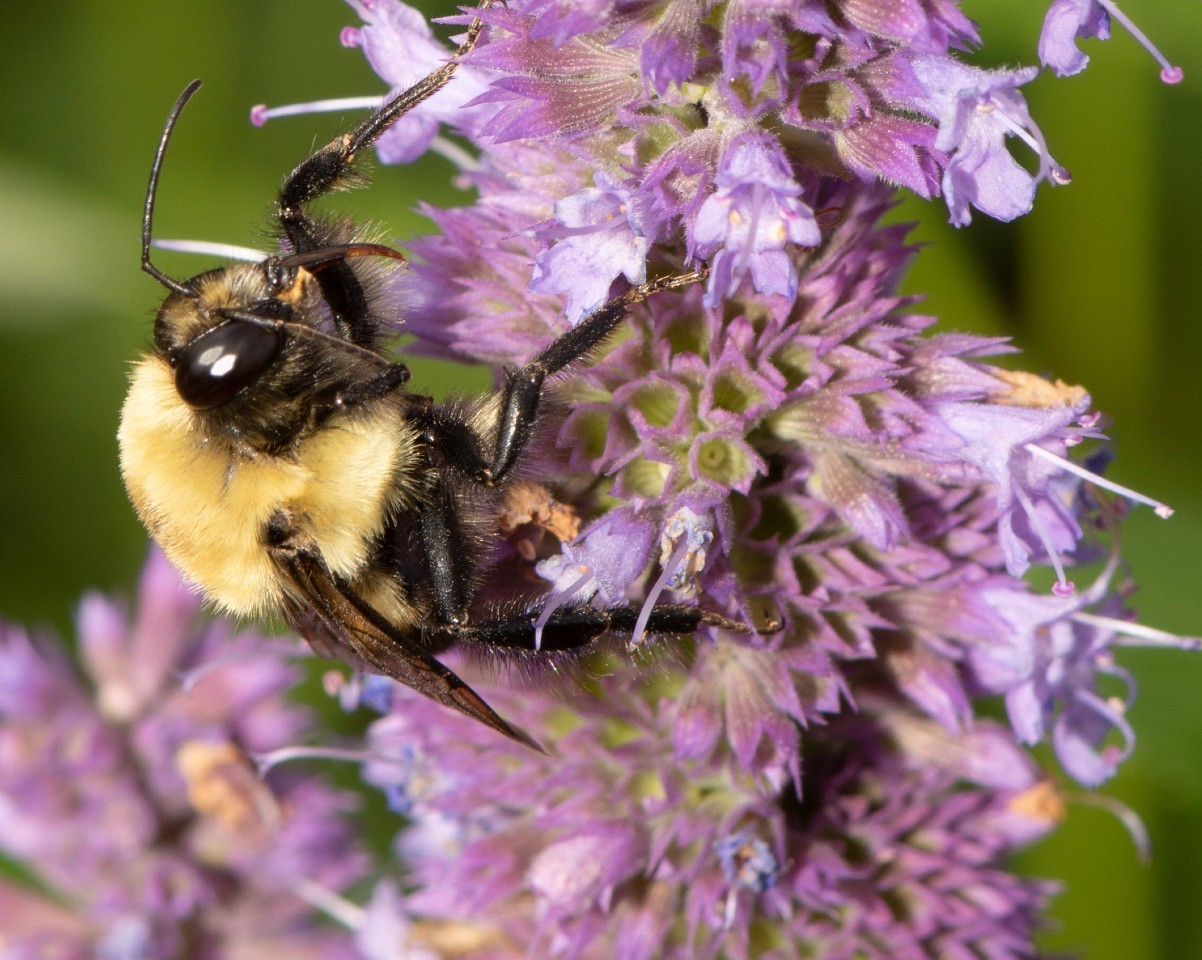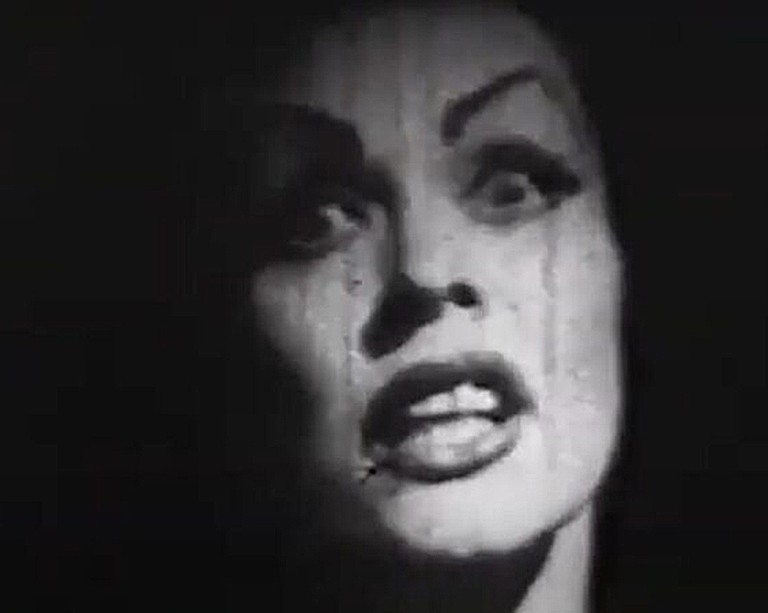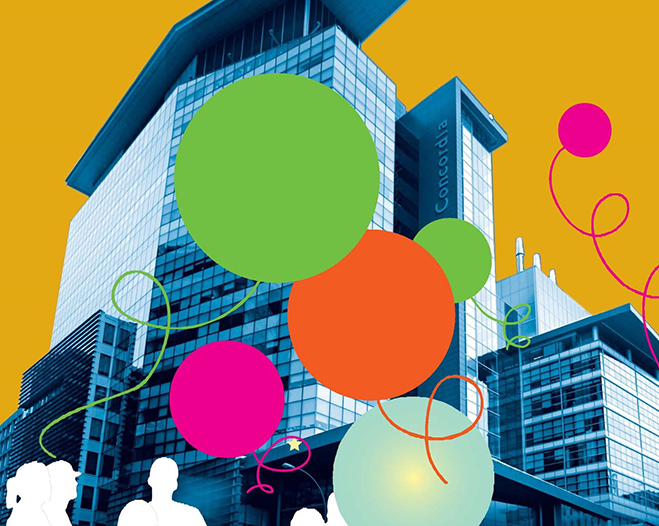'Familiar and strange’: digital animations from Philippe Hamelin
 From the animation Vivariums, 2017. | Courtesy Philippe Hamelin and the Leonard & Bina Ellen Art Gallery
From the animation Vivariums, 2017. | Courtesy Philippe Hamelin and the Leonard & Bina Ellen Art Gallery
As an artist working in digital animation and video, Concordia graduate Philippe Hamelin (MFA 06) tackles the big questions of our pixel-dominated era.
How do we navigate the ambiguous terrain between the real, the living and the digitally constructed?
Using video and textured 3D modelling of organic forms and geometric shapes, Hamelin investigates these themes and more in his first significant solo exhibition, CARNATIONS, at Concordia's Leonard and Bina Ellen Art Gallery from August 30 to October 21.
Michèle Thériault is the curator of CARNATIONS and director of the Ellen Art Gallery.
‘The line between the human and the artificial’
What is it about Philippe’s work that made you want to mount this solo exhibition?
Michèle Thériault: Today, there is nothing more common than computer-generated images (CGI), but Hamelin is able to address the complex relationship we have with the world they create.
He uses cinematic montage and strategies to construct many of his animations and he also integrates sound in such a way as to create an experience that is both familiar and strange.
What makes his work interesting to an art gallery like the Ellen is how it comes together to critically engage with questions that are as crucial as the definition of reality and of the human.
 From: Scène 2 (découpage), 2014-2017. | Courtesy Philippe Hamelin and the Leonard & Bina Ellen Art Gallery
From: Scène 2 (découpage), 2014-2017. | Courtesy Philippe Hamelin and the Leonard & Bina Ellen Art Gallery
How will his digital animation be physically presented in the gallery?
MT: Because this is an exhibition and not a screening program, each work is thoughtfully placed within the five interconnected areas of the gallery giving considersations to both discursive and formal concerns.
The decision to place one here and another there is carefully weighed because of the play of relationships, associations and experiences that can occur between each work and between the visitor and the work as she or he makes their way in the exhibition. This is what curatorial work is about.
Is there an overriding theme to the exhibition?
MT: Rather than theme I would use the term “problematic.” Hamelin’s animations are situated on the line that is not so easily drawn between the real and the constructed, the human and the artificial, delving into the ambiguity of our relationship with technology.
Their presentation within the gallery also brings about an inquiry into the role and limits of the exhibition space and the ambiguous position the viewer often occupies. A kind of parallel can be drawn between the liminal nature of exhibition spaces and the liminality produced in Hamelin’s work.
Why is the exhibition called CARNATIONS?
MT: Carnations is a term related to the flesh — the colour of skin can range from a rosy pink to the deep crimson of the flower.
Carnation, of course, also relates to a colour in art. Skin and colour evoke texture, and Hamelin’s animations are composed of various forms and textures with different outcomes.
Skin is an envelope and a barrier, a liminal space between outside and inside. All of these aspects and references traverse the exhibition.
CARNATIONS by Philippe Hamelin runs from August 30 to October 21 at the Leonard and Bina Ellen Art Gallery (1400 De Maisonneuve Blvd. W.) on Concordia’s Sir George Williams Campus.


